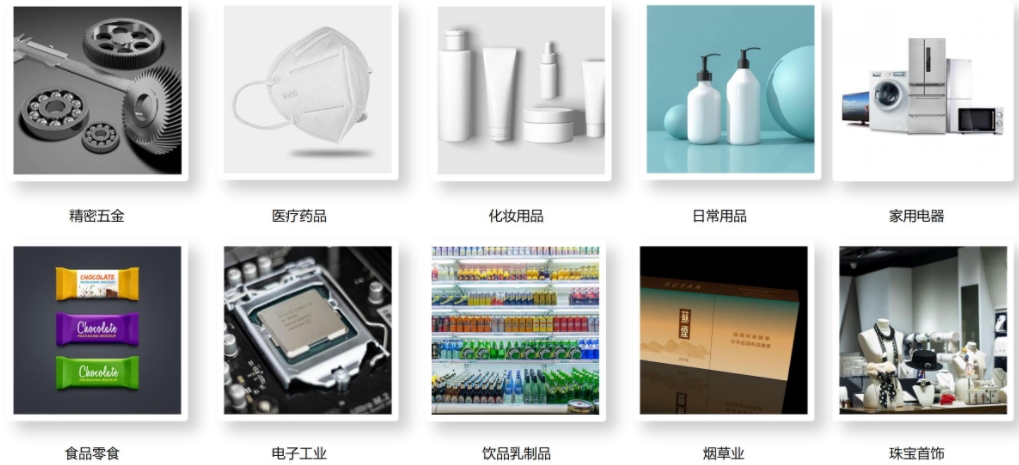Market Analysis of China's Inkjet Printer Industry in 2025
Inkjet Printers: An Overview
An inkjet printer is a device used to print text, graphics, barcodes, QR codes, and other information on various material surfaces, such as paper, plastic, metal, and glass. It is a high-tech product that integrates mechanical and electronic systems. Inkjet printers are widely used in packaging, production lines, logistics, and other fields to mark product information, production dates, batch numbers, and more, ensuring traceability in the production process and product compliance. They are powerful tools for enforcing hygiene regulations and promoting packaging modernization.
With the growing emphasis on product identification codes, these codes have become an indispensable part of quality management in various industries, playing a crucial role in modern production and logistics. According to statistics, in 2024, the market size of inkjet printers in China reached 5.992 billion yuan, including 1.762 billion yuan for large and medium-sized printers, 3.957 billion yuan for small printers, and 273 million yuan for handheld printers.
The rapid development of internet technology and the increasing demand for product information transparency have driven the growth of QR codes and barcodes on food, pharmaceutical, and other packaging. Modern inkjet printers are becoming more intelligent, and various printing devices have emerged, providing broader opportunities for the development of high-speed, high-precision inkjet printers.
Inkjet Printer Industry Chain
Upstream:
The upstream sector includes core components and materials required for inkjet printer manufacturing, such as inkjet systems, lasers, chips, sensors, control systems, inks, and ribbons.
Midstream:
The midstream sector involves the production and manufacturing of inkjet printers. Manufacturers are responsible for the design and production of inkjet equipment, which requires expertise in various technologies, including electronics, mechanics, optics, and materials science.
Downstream:
The downstream sector covers applications in industries such as food, cosmetics, pharmaceuticals, automotive parts processing, wire and cable, aluminum-plastic pipes, tobacco and alcohol, and logistics. Inkjet printers are used for text and graphics printing in these fields.
Market Trends and Future Prospects
The increasing demand for product traceability and information transparency, coupled with advancements in internet technology, has fueled the growth of QR codes and barcodes on packaging. This trend has led to the development of more intelligent and versatile inkjet printers, creating a broader market for high-speed, high-precision printing solutions. The inkjet printer industry is poised for continued expansion, driven by technological innovation and the growing need for efficient and reliable product identification systems.



